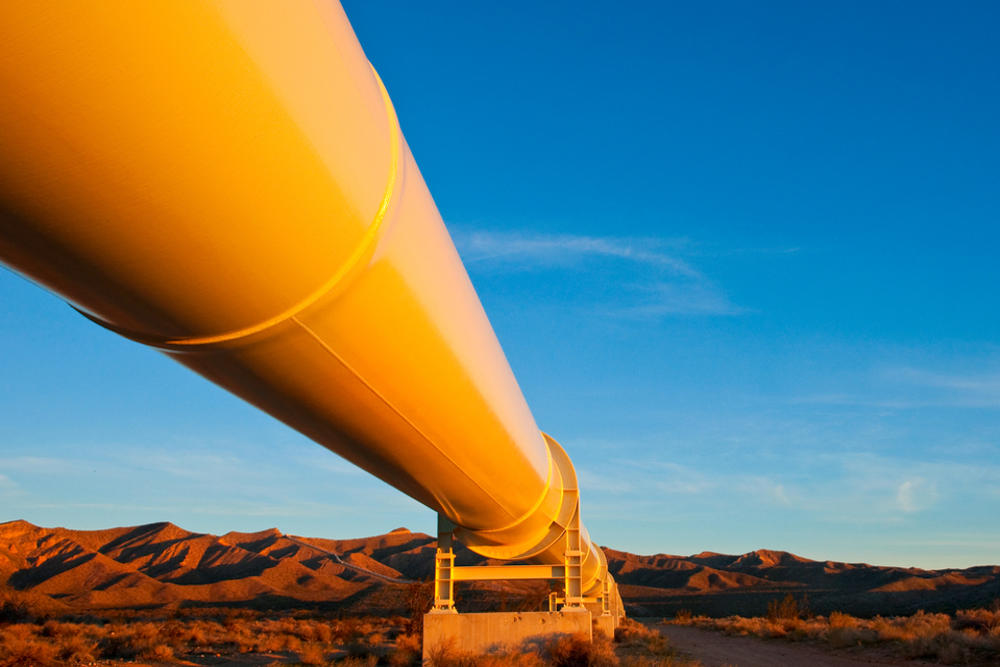
The world’s two largest economies—the United States and Mainland China—are poised to be the world’s top export and import markets for liquefied natural gas (LNG) in 2022, according to a new report by IHS Markit.
The United States was the third-largest LNG exporter behind Australia and Qatar for the full year of 2021 and was the largest source of LNG supply growth in 2021.
The country added 25 million metric tonnes (MMt) amid continued build-up of liquefaction capacity as well as the ramping up of output from plants turned down the previous year. Average utilisation for U.S. plants climbed from 43 per cent in the third quarter of 2020 to 98 per cent in the third quarter of 2021.
Meanwhile, Mainland China has already become the top global importer of LNG. Imports reached 81 MMt in 2021 (increase of 12.3 MMt or 18 per cent), overtaking Japan where imports were flat year-over-year at 75 MMt. This marks the first time since the early 1970s that Japan has not been the world’s largest LNG importer.
“A new map of LNG is taking shape as 2021 became the year of rapid recovery, making the oversupply and price lows of 2020 seem like a distant memory,” said Michael Stoppard, chief strategist, global gas, IHS Markit. “It is a tale of two markets with China fuelling the demand surge as the world’s top importer and the United States, poised to become the world’s leading exporter, providing the supply push.”
Among other key LNG trends observed in the report, entitled LNG Trade in 2021: Runaway Recovery finds that:
- Long-term contract signings rebounded to an all-time high after a pause in 2020. Over 65 million metric tonnes per annum (MMtpa) of firm, long-term contracts were signed in 2021, surpassing the previous record of 61 MMtpa in 2013. Among sellers, signings were roughly evenly split between the United States, Russia, Qatar and portfolio suppliers (although many of the latter are likely to source volumes from US projects). In a notable signpost of potential investment trends in 2022, U.S. projects were by far the largest source of pre-final investment decision (FID) contracts, as most contracts signed in Qatar and Russia were for capacity that is either already existing or under construction. Among buyers, mainland China was by far the largest specified end-market, with Chinese buyers signing around 25 MMtpa of firm long-term deals.
- Spot LNG prices have soared past previous records. Spot LNG prices in Asia spiked to nearly $30 per million British thermal units (MMBtu) for a few weeks in January 2021 during extreme cold weather and transportation challenges before settling back to normal ranges in the first half of the year. However, by August both Asian and European spot LNG prices climbed well above their oil price equivalent and remained above it for the rest of the year. Prices ended December 2021 at $40/MMBtu—more than double the previous peaks achieved in the several years following Japan’s 2011 nuclear crisis.
- Brazilian imports hit all-time high amidst drought. Persistent dry weather in Brazil resulted in weak hydropower generation, forcing the market to rely more heavily on LNG imports. Brazil more than tripled its 2020 imports by receiving 7.5 MMt in 2021, surpassing the previous record of 5.8 MMt set in 2014.
- Amid strong global demand, European LNG imports fell. As one of the most flexible regional import markets in the world, European LNG deliveries are reflective of global market balances. Given strong demand in Asia and South America, less LNG supply was available to Europe and European LNG deliveries fell by 9 per cent (7 MMt) in 2021 to 77.2 MMt. However, this is well above the region’s average import level (30-40 MMt) during previous years of LNG market tightness (2012-2018) as imports were kept relatively high by cold weather and low storage levels.
- Outside of the United States, utilisation rates suffered. Throughout the year, plants across the Atlantic and Pacific Basins faced unexpected outages and gas feedstock shortfalls from maturing production, dragging down average global utilisation below the previous five-year average (excluding the price-responsive shut-ins in the United States in 2020). Utilisation was particularly weak during the summer in the northern hemisphere, with non-U.S. global utilisation averaging 11 percentage points lower than the five-year average.
2021 global LNG trade numbers
Total loaded LNG supply in 2021 reached 396.3 MMt, up 5.5 per cent or 20.5 MMt relative to 2020. The largest LNG supplier in 2021 was Australia at 83.0 MMt (1 per cent increase or 0.6 MMt), followed by Qatar at 81.3 MMt (2 per cent increase or 1.6 MMt). The United States provided the largest supply growth with 25.3 MMt of additional LNG (52 per cent increase), reaching 73.6 MMt.
Net delivered LNG trade* reached 381.9 MMt, up 5.8 per cent or 21 MMt from prior year. The largest growth came from mainland China, propelling it to become the world’s largest LNG importer with 81.4 MMt (17.8 per cent increase or 12.3 MMt). Japan fell to second place at 75 MMt (0.2 per cent increase or 0.2 MMt), followed by South Korea at 46.4 MMt (13.6 per cent increase or 5.6 MMt). The third largest growth in 2021 came from Brazil, which climbed by 5.1 MMt (210 per cent increase) to reach 7.5 MMt.







